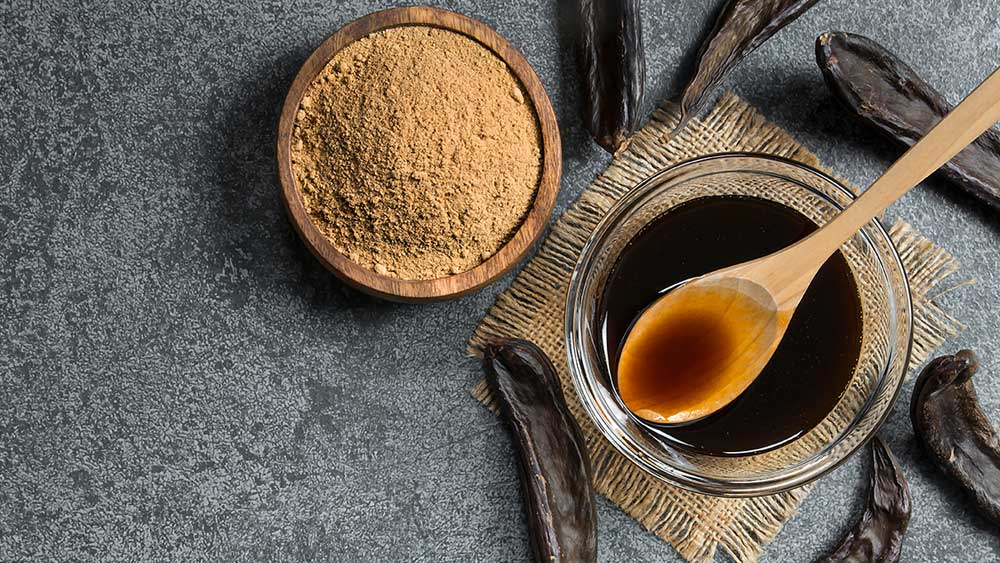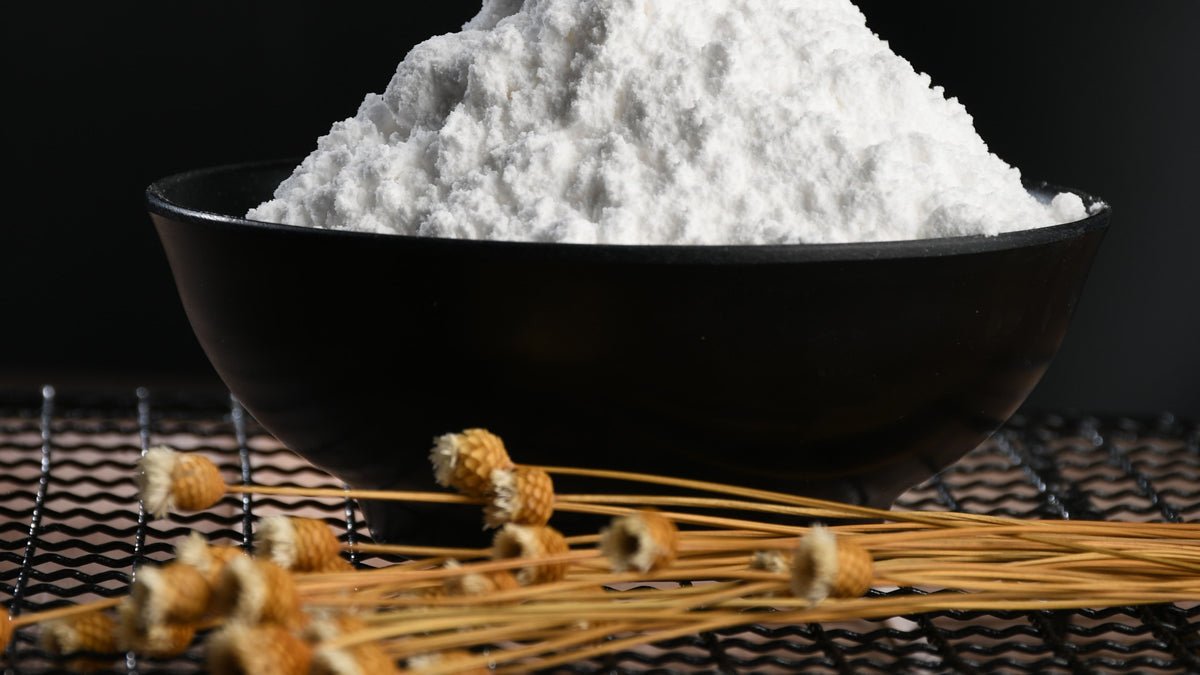
Sodium Citrate
- Derived from: molasses
- Pronunciation: (\ˈsō-dē-əm\ \ˈsi-ˌtrāt\)
- Type: Naturally-derived
What Is Sodium Citrate?
Sodium citrate is a salt of citric acid, an organic acid that occurs naturally in citrus fruits, corn, and other foods. It comes in either colorless crystals or white powder[1,2] . Sodium citrate is usually offered commercially as the white, crystalline trisodium citrate dihydrate.[3]
How Is Sodium Citrate Made?
Citric acid may be produced from fruits, through yeast fermentation, or even by solvent extraction.[2] Sodium citrate is then produced by neutralizing citric acid with sodium hydroxide.[3]
The large-scale sodium citrate manufacturing process typically ferments molasses (or other sugar stocks) with Aspergillus niger.[4] The liquid is separated by filtration and the citric acid is separated by precipitation.
What Does Sodium Citrate Do?
Sodium citrate is often used as a pH adjuster and water softener. It is used in dozens of personal care products, such as shampoo, conditioner, sunscreen, facial moisturizer, makeup, baby wipes, liquid laundry detergent, and soap.[5] It is also commonly used to control acidity in food and medical products.[6,7,8]
Is Sodium Citrate Safe?
The FDA has determined that sodium citrate is Generally Recognized as Safe[2], and Whole Foods has deemed the ingredient acceptable in its body care and cleaning product quality standards.[9,10] The Cosmetics Ingredient Review has also deemed the ingredient safe for use in cosmetic products.[4] Studies routinely show that the ingredient is not a skin irritant or sensitizer.[11]
Sources
[1] Cosmeticsinfo.org
[2] Food and Drug Administration
[3] US Department of Agriculture
[4] Personal Care Council
[5] Environmental Working Group
[6] University of Michigan Health System
[7] Environmental Protection Agency
[8] Center for Science in the Public Interest
[9] Whole Foods Market Body Care
[10] Whole Foods Market Cleaning Products
[11] Lahti, A., “Nonimmunologic contract urticaria.” Acta Dermato-Venereologica Suppl. 1980;60(91):1-29.


























